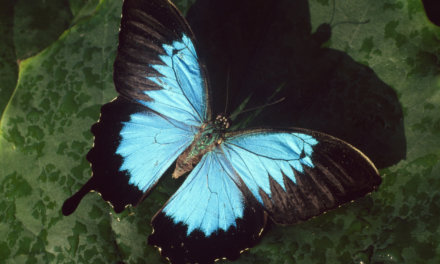At the age of seven, Patricia McCormick was full of life and curiosity. On a family vacation to Mexico City, she was enthralled with a bull fighter who lost his shoes in the mud but continued to fight. That was the moment she fell in love with bullfighting. Back home, her tattered blanket quickly became a cape as she danced in front of her mirror with the biggest bulls she could imagine. She could see the beady eyes of an angered bull charging toward her, so close she could feel it’s breath. She jerked her cape one direction and took her body the opposite direction. Every time the bull in her childhood bedroom would charge the blanket and the crowd would explode with a deafening roar. The time passed quickly as she spent her early childhood fighting the bulls in her imagination.
Patricia attended UT in Austin to study opera only to discover she lacked musical talent. She transferred to UT at El Paso to study art. In El Paso, she reconnected with bullfighting in the neighboring Mexican city of Juarez. Every fight was a thrill for her. She spent every waking hour watching the bull fighters, studying the bulls, reading about matadors, and practicing in her dorm room with her father’s World War I blanket as a cape.
McCormick chose a career as filled with drama, passion, and death as any of the operas she longed to sing — she became a matador, the first American bullfighter, not to mention the first woman in a machismo-saturated Mexican bullring. Patricia premiered as a guest bullfighter in Juarez in 1951. Although the bull trampled her a couple of times during her first appearance, the crowd enjoyed her performance and the judges deemed it superior. Her first professional fight was four months later. When she realized her upcoming appearances would be broadcast, she reluctantly told her parents she had quit college to fight bulls. They were appalled and rushed to El Paso for a meeting with the college president. Her mother was in tears, repeatedly saying to Patricia, “How could you?” McCormick, with a manager and a contract for nine fights, responded, “You can’t beat that.”
She received top billing in stadiums from Mexico to South America. She insisted on following the same rules as the men. Female bullfighters typically rode horses in the ring and faced smaller animals. McCormick spent the entire fight on her feet, standing her ground and pivoting when necessary. Thousands of fans went wild at the sight of her. She was an international phenomena. Time, Sports Illustrated, and Look magazine all wrote profiles on her. Sports Illustrated called her the greatest woman bullfighter who ever lived. The bullfighting critic Rafael Solana once called her, “the most courageous woman I have ever seen.”
For more than a decade, she experienced the bellowing crowd, the stirring band music, dust in her nostrils, half-ton bulls charging a swirl of red cloth, horns low and deadly. One thousand times she faced a bull set on killing her and was gored six of those times. In 1954, while fighting the second bull that day McCormick faced away from the bull to bow to the applauding crowd, a traditional part of the performance. The bull charged. As she started to turn, the bull gored her from behind, impaled her on his horns, lifted her into the air, and then traversed the arena. Her mentor, Alejandor del Hierro jumped into the ring without the aid of a cape and pulled her off the horns. The gruesome stomach and pelvic wound caused a priest to administer last rites over her mangled body right there in the arena. A doctor wanted her transported to the United States so that she could die in her own country. The next few days, McCormick floated in and out of consciousness vowing she would fight again. After a six month recovery, she fought several more years before exiting the arena in the early 1960s, complaining that the bulls had become too small.
“She fights larger bulls than does any other woman. . . and she kills well,“ said Carlos Arruza, a renowned torero. “Her only defect is that she is a woman.” In the mid 20th century, the bullring, too, had a glass ceiling. She performed on the same bill as some of the arena’s most accomplished men, facing the largest bulls at dusty rings across Mexico and Venezuela, yet she never advanced from the apprentice rank. A sponsor was required to become a full fledged matador. No male matador would sponsor a woman.
Patricia, you have sponsored us — given us a platform to face down the things that charge us, inspired courage within us to become more than what was expected of us, and left us challenged to stand bravely on your shoulders. Thank you for leaving a legacy. You’ve cleared a path for tenacious, powerful, determined, resilient women to follow their design and leave their mark on the world.
Ole!












